Hospital administrators have always been concerned with digital health literacy since medical computers were introduced into the workplace. The pandemic has only exacerbated these concerns. According to the World Health Organization, digital health literacy is defined as, “the ability to seek, find, understand, and appraise health information from electronic sources and apply the knowledge gained […]
Tag: Telemedicine

Tele-Health, Tele-Medicine, and Tele-Patient Appointments On Medical Computers
This pandemic has not only changed the way healthcare operates, but also how it is delivered. Virtual appointments were scarce before 2020, often used as an auxiliary option for patients. Now nearly any appointment that can be done online is. Tele-health, Tele-medicine, Tele-patient appointments all play increasingly important roles in the hospital. Despite their similar […]

Telemedicine With Medical Computers In A Post-Pandemic World
The last year has been a challenging one for many hospitals. The pandemic strained resources and personnel throughout the winter. But things are beginning to turn around, thanks in part to the widespread availability of vaccines. As hospitals exit the pandemic, they must turn their sights back towards helping everyday patients. The lessons learned in […]
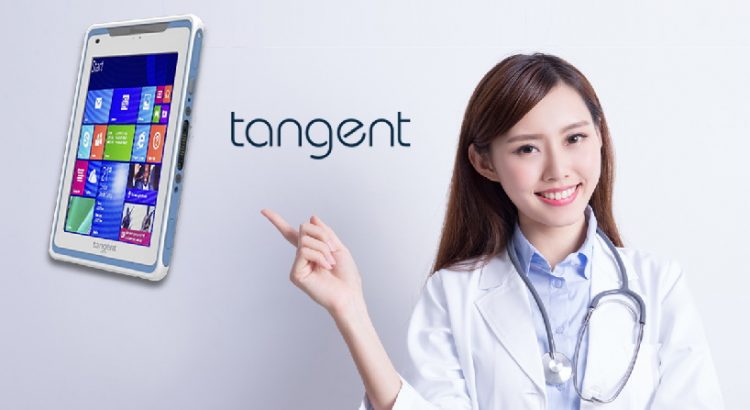
Remote Patient Monitoring With Medical Computers
During this pandemic, telehealth has seen an unprecedented rise in its use. The federal government, in collaboration with private companies, have made telehealth more accessible than ever before. But telehealth is only one half of the picture. While patients of all backgrounds can make use of telehealth to virtually see their doctors, some patients require […]
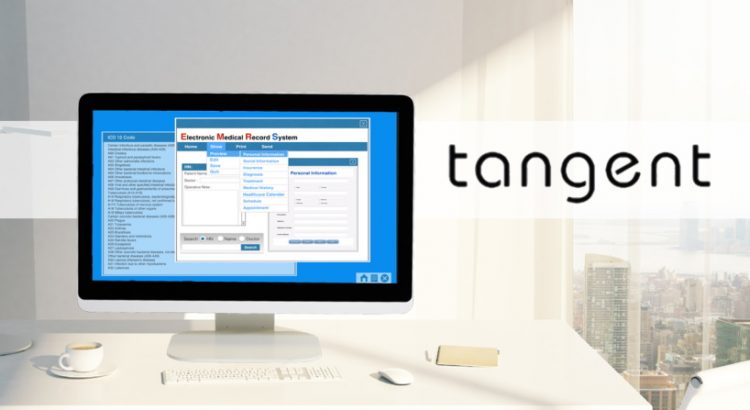
Should Hospitals Continue Using Telehealth Appointments After The Pandemic?
Telehealth has become synonymous with healthcare during this pandemic. Hospitals around the country are using telehealth services on their medical computers to continue caring for their patients. GlobalData has found that 79% of medical specialists are now using telemedicine in the hospital. This is in part due to federal regulators and the private sector making […]
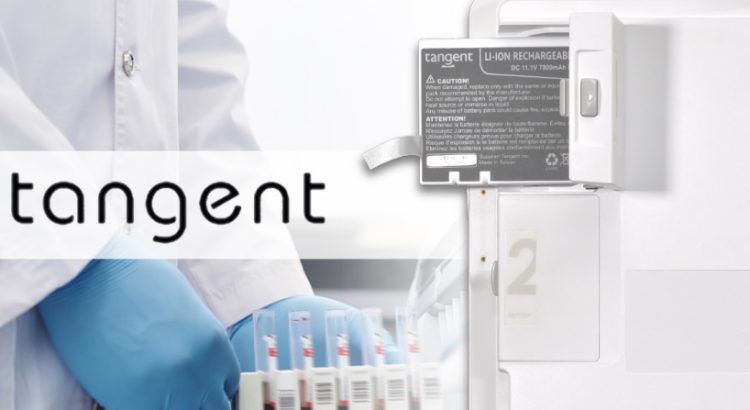
Telehealth Therapy Appointments On Medical Computers Save Time
It’s no secret that telehealth has become a vital part of medical care across the country. As the pandemic continues to worsen, hospitals are seeing staffing shortages. Telehealth on medical computers helps fill in the gaps left by staffing shortages, allowing doctors to see more patients in a day than would typically be possible. The […]
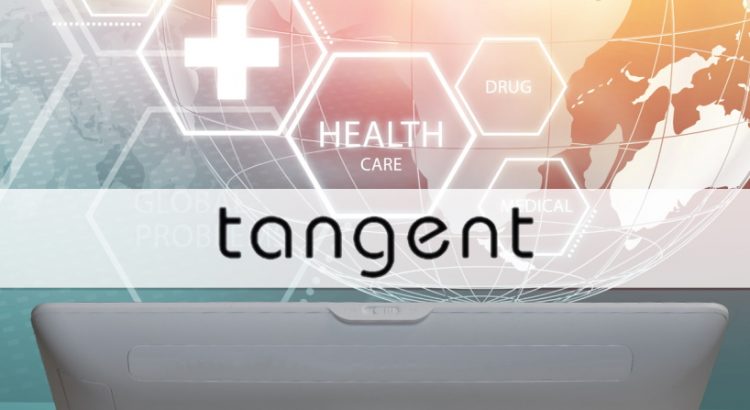
How Hospitals Are Adapting To Meet Surging Hospitalization Rates
The U.S. is continuing to set new records for case numbers nearly every day, and the third wave of this pandemic seems to be in full swing. Hospitals around the country are preparing for numbers to continue to skyrocket, as the full effect of the holiday season has yet to be seen as the L.A. […]
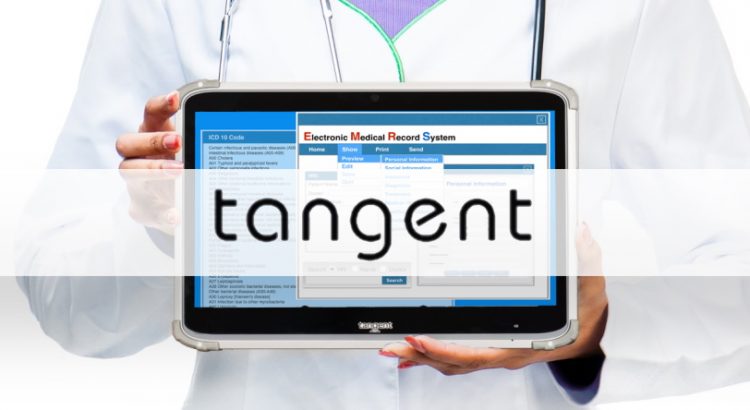
Medical Grade Computers Built For Quality Care Telemedicine
Telehealth has become a lifeline for doctors and patients seeking to establish some sense of normality during these trying times. While telehealth has been around long before the pandemic began, it’s use has skyrocketed. According to GlobalData, 79% of medical specialists said they were now using telemedicine in their hospital setting, setting a trend of […]
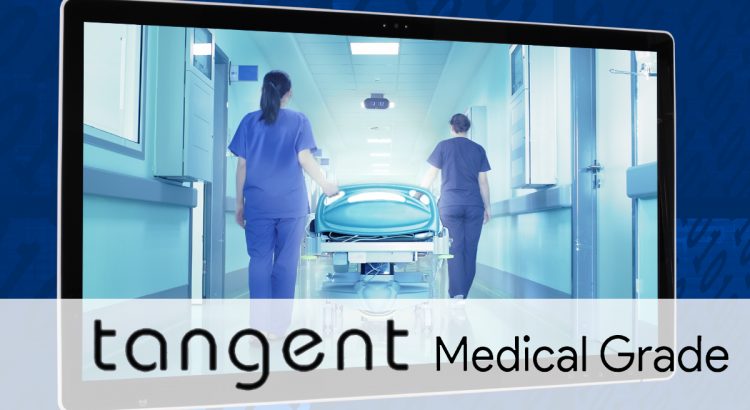
What Is Remote Monitoring On Medical Computers?
There is a lot of talk about telehealth these days, and while it has been a vital tool during this pandemic, there have been other medical computer-based solutions that have been overlooked. One such solution is remote monitoring via medical computers, which can help hospitals continue to treat patients without putting them in harm’s way. […]
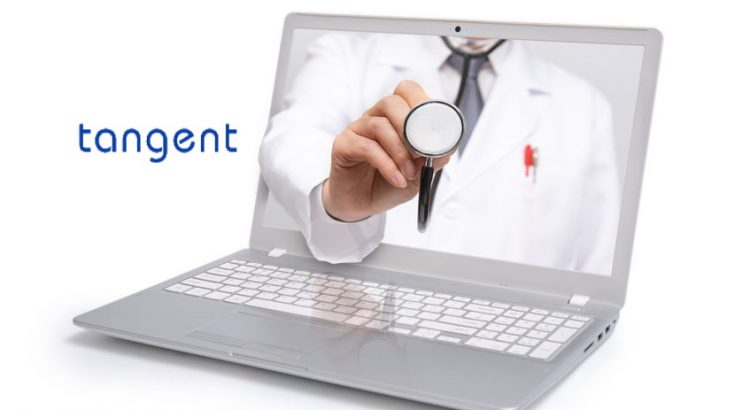
Is Virtual Primary Care Possible With Telehealth On Medical Computers?
As we march through this pandemic, the ways in which we live our daily lives have changed drastically. One of these ways is the adoption of telehealth technology for non-essential primary-care visits. In March alone, telehealth visits were up 4346.94% compared to March 2019. The quickly expanding scale of telehealth on medical computers is astonishing, […]
